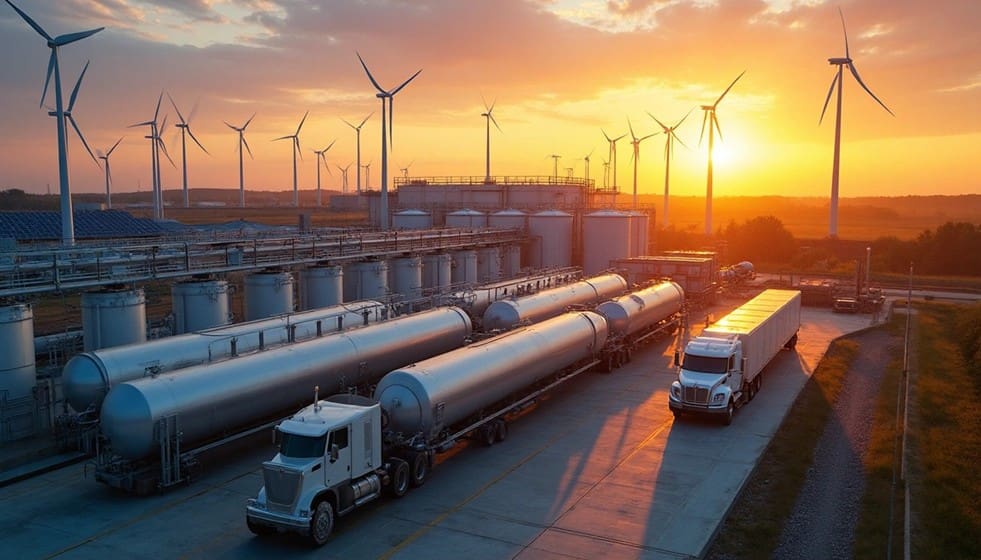Navigating the Hydrogen Energy Landscape in 2025
Key Ideas
- Global hydrogen demand is set to quadruple by 2050, creating challenges with CO2 emissions and production costs.
- Electrolysis technologies offer environmentally friendly options but face cost barriers compared to traditional methods like SMR.
- Green hydrogen lags behind in production share, but efforts are underway to increase global manufacturing capacity.
- Hydrogen energy density is high, but efficiency improvements are crucial to drive down costs for practical use as an energy carrier.
The article delves into the challenges and opportunities in hydrogen energy development up to 2025. Global demand for hydrogen is projected to grow significantly by 2050, leading to concerns about the substantial CO2 emissions produced during hydrogen production. While natural gas remains the primary source for hydrogen production, green hydrogen makes up a negligible percentage due to cost barriers. The article discusses various electrolysis technologies, such as alkaline, PEM, and SOECs, highlighting their efficiency and costs. It also touches on the importance of increasing global manufacturing capacity for green hydrogen to meet decarbonization goals. Despite the high energy density of hydrogen, improvements in production efficiency are necessary to reduce costs and make hydrogen a practical energy carrier. The piece provides insights into the challenges faced by electrolyzer technologies, particularly with scaling up to gigawatt capacities. It discusses the technical limitations, material constraints, and cost-effectiveness of alkaline and PEM electrolyzers, emphasizing the need for flexibility and efficiency improvements in hydrogen production processes.
